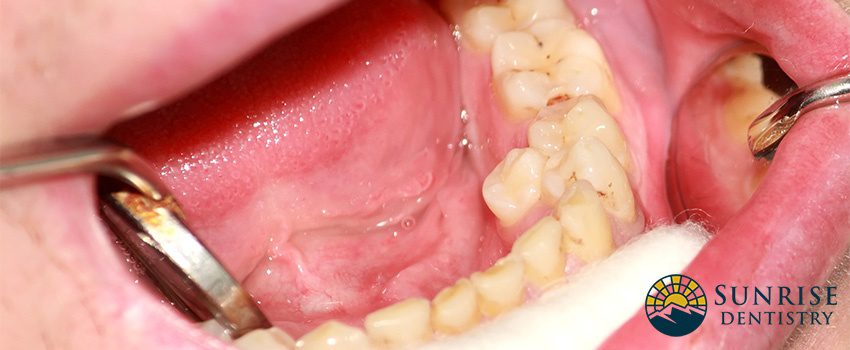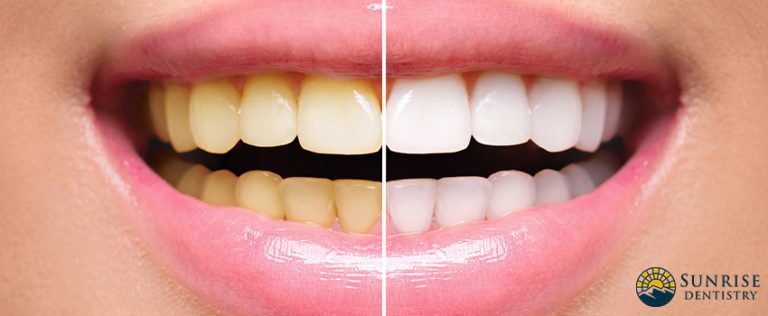Upon birth, an average person has about 20 teeth that will grow and be replaced by 32 permanent teeth when they grow up. In very rare cases, people may grow extra sets of teeth. This condition is called hyperdontia teeth and are often called a supernumerary condition.
Hyperdontia may develop anywhere in the mouth, and can be both baby and permanent teeth. The probability of hyperdontia ranges from .1% to 3.8%, and it is more common among males than females. In this article, you will learn everything about hyperdontia teeth, including causes, symptoms, and treatments.
What is Hyperdontia?
Hyperdontia is a condition where too many teeth grow in the mouth. Every extra tooth that grows is called a supernumerary tooth, which may grow in different locations in the mouth. The supernumerary teeth will develop in the curved areas of the mouth where the teeth meet the jawline, also known as the dental arches.
Hyperdontia can affect the appearance of the teeth because it can cause the permanent teeth to appear crooked and overcrowded. Sometimes the supernumerary are visible. This condition is often described by dentists as erupted. When the tooth is hidden under the gum line, it can be described as impacted.
Types of Hyperdontia Teeth
There are different types of hyperdontia teeth. They can be classified by their location or shape.
Location
- Mesiodens: When the additional tooth grows between central incisors or the two flat teeth at the front of the jaw
- Distomolar: When the additional tooth grows behind the molars or the flat teeth at the back of the mouth
- Paramolar: When the additional tooth grows beside the molars or outside the line of the teeth
Shape
- Supplemental: When the tooth is shaped similar to the type of tooth near it
- Tuberculate: When the tooth is shaped like a tube or is barrel-like
- Compound Odontoma: When the tooth is composed of a number of small growths near each other
- Complex Odontoma: When a group of tooth-like tissues grows randomly around the teeth
Causes of Hyperdontia
Although hyperdontia causes remain unknown, researchers have connected it to a number of hereditary conditions such as:
- Cleft Palate and Lip Defects: Defects in the cleft palate and the lip cause an opening in the upper lip that prohibits the ability of the patient to speak and eat properly.
- Fabry Disease: Fabry disease causes an inability for the patient to sweat, as well as painful rashes and abdominal pain.
- Gardner’s Syndrome: A genetic disorder that causes cysts to develop on the skin, encouraging skull growth and colon growth.
- Cleidocranial Dysplasia: A medical condition that causes abnormal development of the skull.
- Ehlers-Danlos Syndrome: This birth defect is commonly inherited from the patient’s parents. It causes loose joints to dislocate easily, causing scoliosis and pain in the muscles and joints.
Symptoms of Hyperdontia
Having hyperdontia teeth is a rare condition. Its main symptom is the growth of additional teeth behind or close to the permanent set of teeth. This condition often happens at birth, or is developed in adults.
Hyperdontia isn’t always painful because hyperdontia pain only happens when the extra teeth puts pressure on the jaw and gums of the patient, making it swell. Overcrowding can also cause the teeth to move and become crooked and overlapping.
Treatment for Hyperdontia
Can hyperdontia teeth be removed? Since hyperdontia teeth are commonly caused in childbirth, it does not really require any treatment. However, there are rare cases that require the removal of the additional teeth, such as:
- Having a genetic condition that causes extra teeth to develop over time
- When the patient experiences difficulty eating
- Extreme pain and discomfort
- Difficulty in brushing or flossing
If the patient is experiencing any of these conditions, their dentist may recommend taking non-steroidal anti-inflammatory drugs such as ibuprofen to help lessen the pain.
In more serious cases, removal of the teeth is recommended. If you undergo hyperdontia teeth removal, expect some bleeding afterwards as well as bruising and swelling. This may also lead to a limited ability to open your mouth freely, but there is nothing to worry about because all of that is normal after the procedure.
A week after the extra teeth are removed, the bruising and swelling will be gone entirely. However, there will still be limits to certain food and beverages. Visit your dentist during recovery to ensure you are following the appropriate practices after the treatment.
Early recognition and diagnosis of hyperdontia is important for better treatment and understanding of the condition. Children can be diagnosed with hyperdontia as early as two years old, and the removal of the additional teeth can provide relief from any discomfort it causes.
For safe hyperdontia teeth removal, Sunrise Dentistry provides high-quality treatment and dental procedures. Home of the best holistic dentists in Durango, CO, our clinic will treat any dental issues you may have, from toothaches to hyperdontia. Enjoy our all-in-one dental care. Call us now and book your first appointment!





